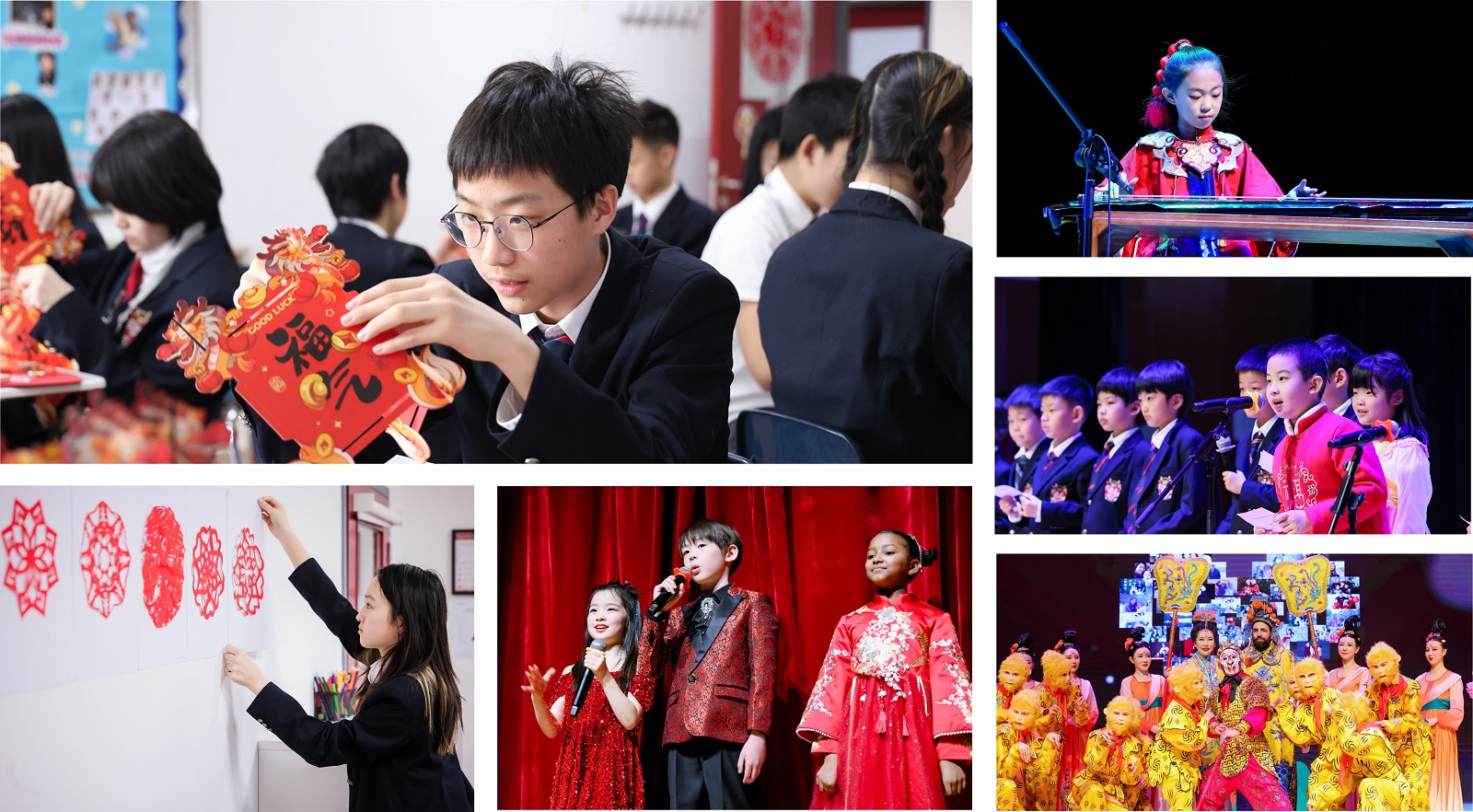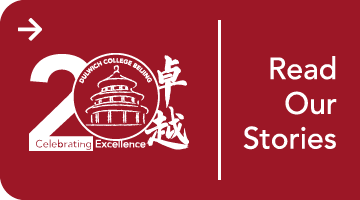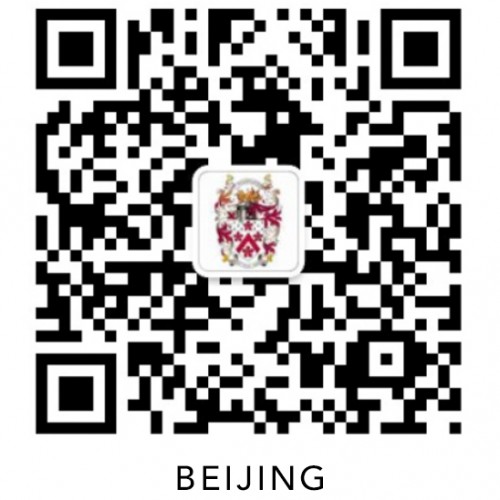Mandarin at Dulwich College Beijing: Building Bridges to the World
Find out more
At Dulwich College Beijing (DCB), Mandarin transcends being just an academic subject—it embodies the school’s international ethos of Detur Pons Mundo (“building bridges to the world”).
A Curriculum Rooted in Culture and Global Citizenship
With students from diverse cultural backgrounds, DCB’s Mandarin programme aims to deepen linguistic ability while fostering a rich understanding of Chinese culture. Starting with translanguaging in DUCKS, where students use English and Mandarin interchangeably throughout the day while, and specialised Chinese classes that integrates Chinese language learning with the knowledge and understanding of Chinese culture, to more specialised learning starting from Junior School, this dual focus prepares students not only for academic success but also equips them to thrive in an interconnected, globalised world.
The Mandarin curriculum is tailored to accommodate varied proficiency levels. From Junior school onwards, as students progress they engage deeply with classical and modern Chinese literature, including poetry, narrative prose, and argumentative essays. Non-native learners focus on practical communication and cultural understanding, ensuring relevance for everyday life.
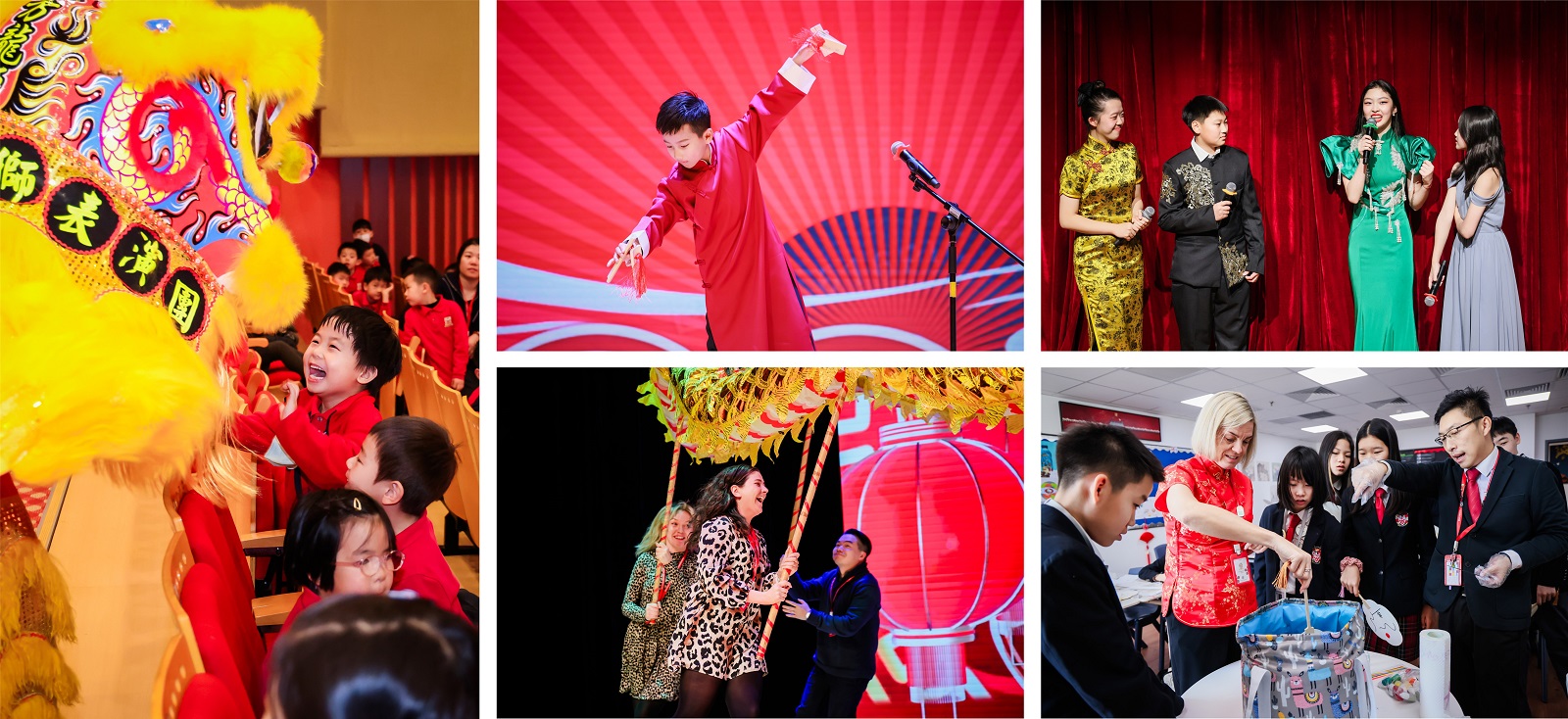
Supporting Higher Education Aspirations
For senior students aspiring to study Mandarin at a higher level, DCB offers a well-mapped progression from Key Stage 3 through IGCSE to the IB and A Level curriculum. Students build foundational knowledge early, learning ancient Chinese texts and honing writing skills essential for IB assessments. The curriculum is designed to ensure a seamless and interconnected learning journey that supports students’ academic and personal growth.
Encouraging Extensive Reading and Immersion
Reading is integral to language acquisition at DCB. The curriculum incorporates whole book reading units and uses platforms like Chairman’s Bao and iChineseReader to match reading materials to students’ proficiency. Parents are encouraged to support their children’s learning by engaging in Chinese conversation and shared reading, further enriching language exposure beyond the classroom.
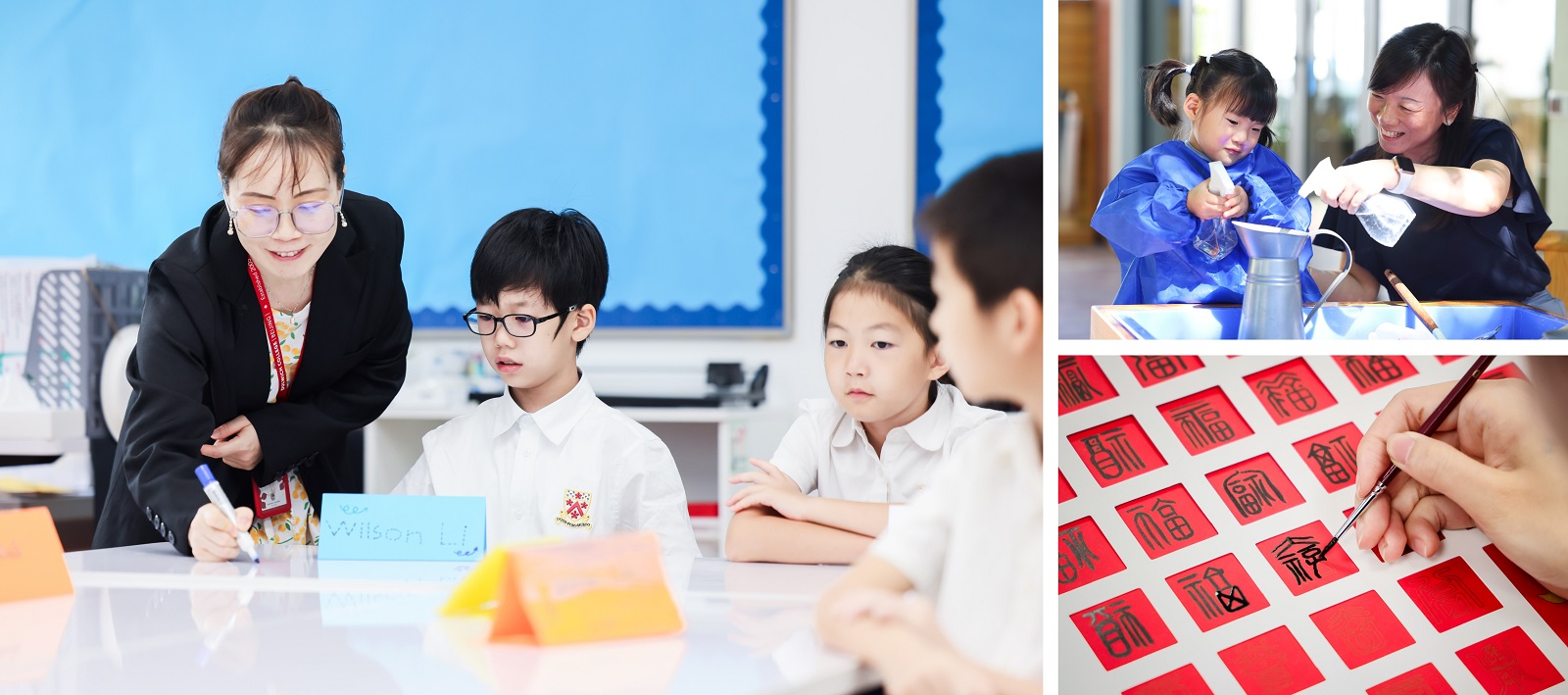
Vibrant Co-curricular Engagement
We help our students stretch their Mandarin learning in various ways. We follow an inquiry-based approach in DUCKS, and the same goes with our Mandarin classes. In our Unit of Investigation Exploration, our Year 1 students explored Sanxingdui in our Chinese classes. Sanxingdui is an archaeological site and a major Bronze Age culture in Sichuan, China. We helped make learning real for our students by inviting Bing Ren, a professional cultural relic restorer with rich experience in the restoration of bronze wares and porcelain. She gave Year 1 students a deeper insight into the stories of Sanxingdui, and her role in the restoration of Sanxingdui cultural relics. The students enjoyed the stories very much and were excited to ask lots of questions.
In addition to inviting special guests, students also stretch their Mandarin studies in our co-curricular activities or through competitions.
Last year, for example, was Junior School's fifth year hosting the Chinese Picture Book Writing Contest for international school Junior Students. Over 300 students from 10 international schools participated, with 10 of our students bringing home awards. A number of our Senior School students also participated in the 4th Global Chinese Writing Competition for Young Writers. One student won the Global award, while 10 others won the district awards. Expect more opportunities for them in the future!
Some Senior School student-led CCAs include:
- Chinese Student Press, where students write articles and reviews
- Chinese Poetry Club, which is dedicated to nurturing students’ creativity through the art of poetry in Mandarin and learning more about Chinese poets through documentaries
Annual events such as the Chinese Short Film Festival and Spring Festival Gala showcase student creativity and cultural performances, from guzheng music to traditional dances.
To further engage students and provide them with opportunities to showcase their talents, Senior School has begun participating in various external writing competitions since AY 2023-2024. Last year, two students won awards in the 4th Global Chinese Writing Competitio for Young Writers.

The Dulwich Difference: Community and Cultural Immersion
DCB’s Mandarin programme thrives on a strong community ethos, encouraging parent involvement and real-world language use. The curriculum integrates contemporary topics and cultural experiences, making Mandarin learning dynamic and relevant. Students use language as a window into Chinese culture—whether through exploring historical sites, celebrating festivals, or participating in community projects.
By nurturing language proficiency alongside cultural competence, Dulwich College Beijing empowers students to become confident global citizens ready to navigate a rapidly changing world.
